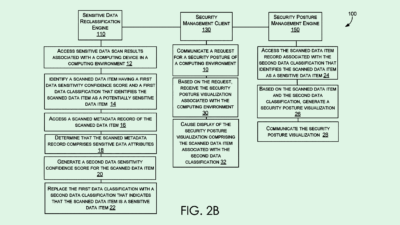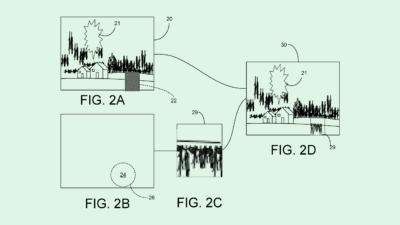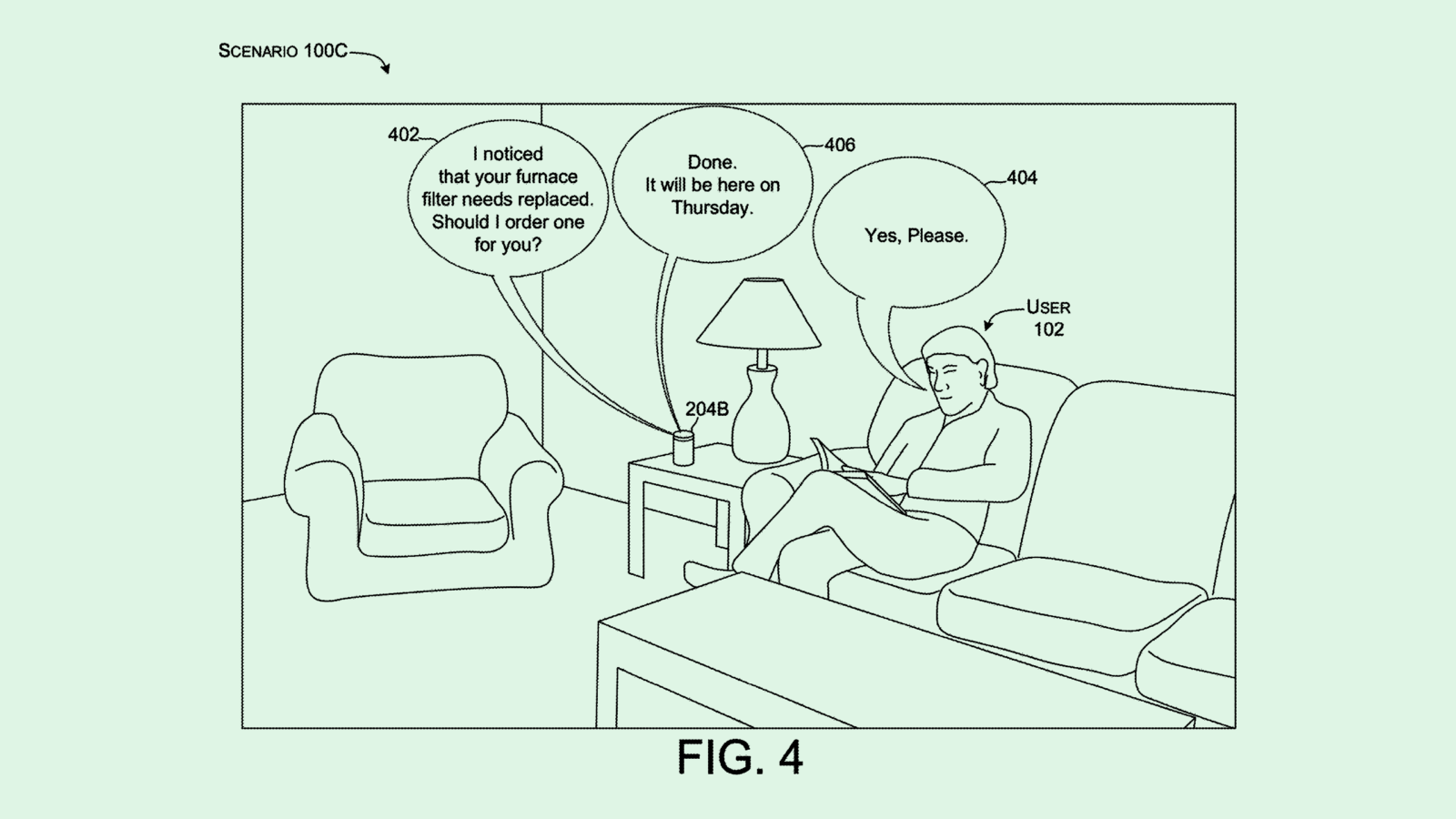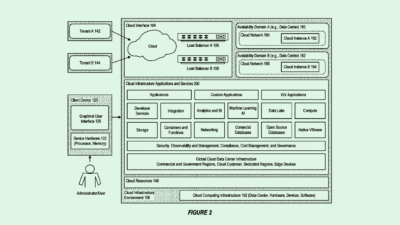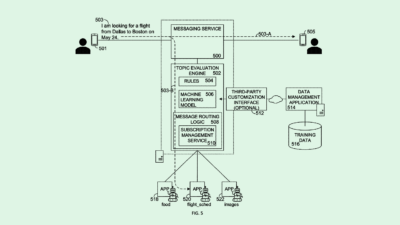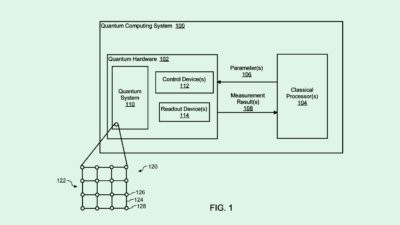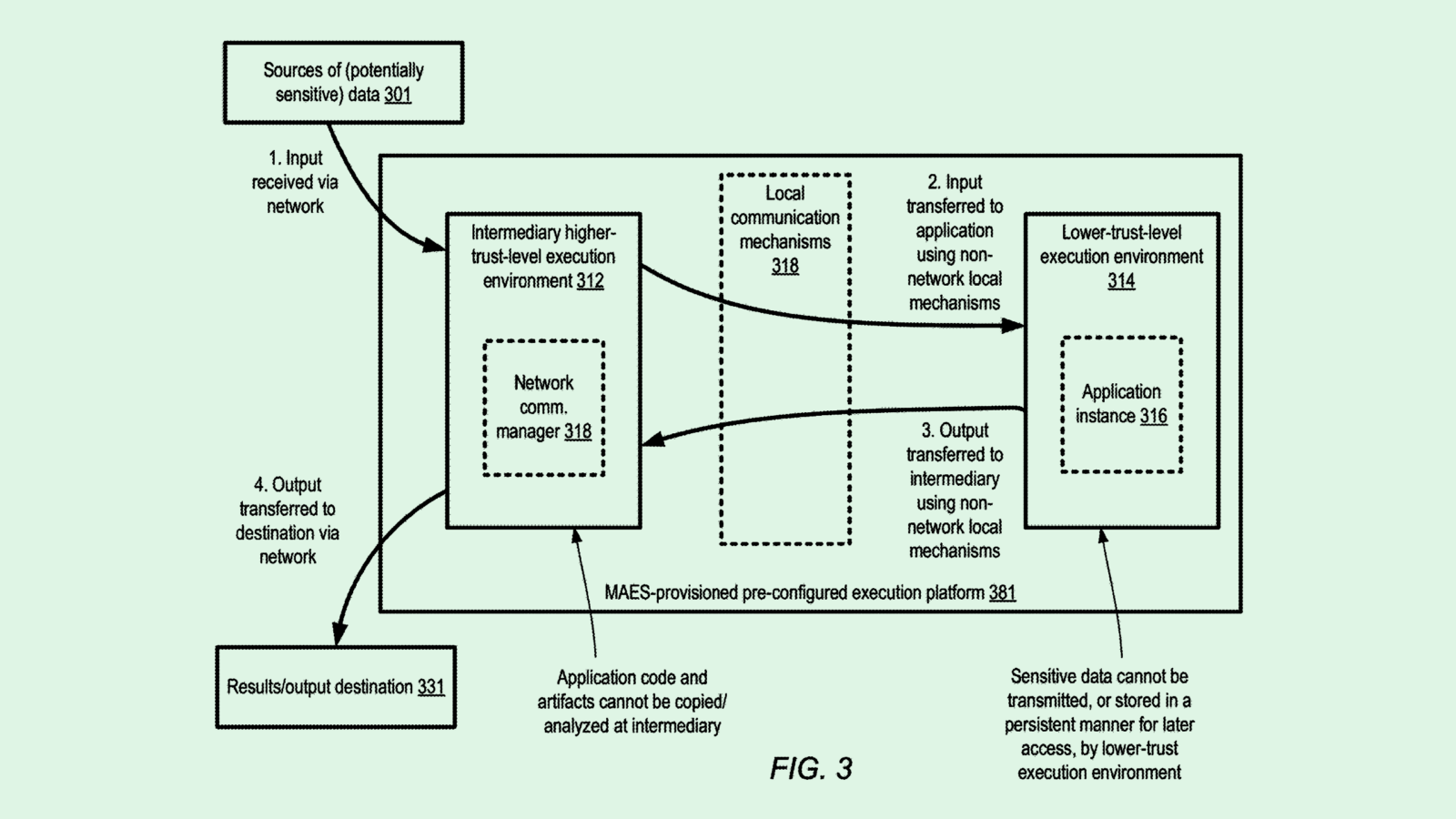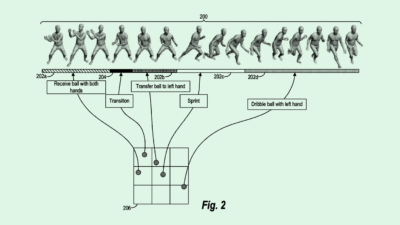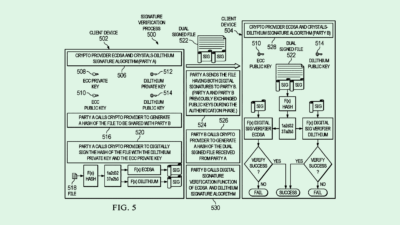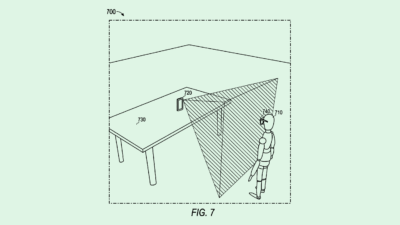Facebook Gets Private (plus more from Disney & Visa)
Disney’s metaverse, Facebook’s VR privacy, and Visa’s digital media tokens
Sign up to uncover the latest in emerging technology.
Disney’s metaverse, Facebook’s VR privacy, and Visa’s digital media tokens
1. Facebook – privacy aware, artificial reality mapping
When you hear about Facebook taking measures to protect user privacy, your eyes might roll. But sometimes privacy is a blocker that prevent users from unlocking a certain type of user experience – in other words, privacy can be good for business.
In this context, Facebook is thinking about maintaining privacy in the setting of artificial reality (i.e. augmented reality or virtual reality).
In more complex forms of artificial reality, a user’s physical environment might need to be mapped. For instance, an application might want to display virtual objects as if they were in the real world, so that users can interact with these objects in the context of the room they’re in. One cool example is an app called Primer that overlays wallpaper on wall in your room.
In this patent filing, Facebook imagines users wanting to have a multiplayer experiences in a joint virtual location. However, one thing possibly stopping this is users not wanting their physical locations to be mapped and shared with others. For example, maybe you don’t want your messy bedroom to be a joint virtual location for a multiplayer AR game.
To get around this, Facebook is thinking about taking real time map data from a user’s environment and merging this with a joint anchor graph that is free from any identifiable information. In essence, instead of displaying a users actual physical location, the location data is mapped onto another map that strips away certain parts of information.
Why is this interesting?
Firstly, Facebook seem to be trying to get ahead of privacy questions that arise when VR and AR devices become more ubiquitous – especially in the context of addressing issues that might restrict usability.
Secondly, it will be fascinating to see what public discourse becomes if and when Facebook artificial reality devices are entering more households, scanning people’s households, and understanding a user’s physical environment – e.g what objects people have, or are they messy or clean. Will Facebook use end-to-end encryption so that they can’t peek into that data? Or will this eventually be an issue that prompts Facebook to react defensively?
2. Visa – embedded payment tokens in digital media
Visa’s latest filing looks at trying to solve the problem of copyrighted photographs being sold or shared without the owner receiving payment.
Visa’s solution involves cameras embedding payment tokens into the metadata of each photograph taken, along with an optional price. If a photo agency wants to purchase a photograph, they can just drag the photo onto an application and all of the token data can be extracted from it, and a payment can then be made.
This solution is interesting in a few ways.
Firstly, this makes it easier for people to buy rights for digital media. At the moment, if you find a photo online, it can be difficult finding who the actual copyright owner is and how to make a payment to use the content. In theory, Visa’s filing helps simplify the process with all of the core details being embedded as a token into the photograph.
Secondly, where things could become really interesting is if we start to think about what’s happening in the space of NFTs (or non-fungible tokens) – here’s a good primer. If digital media minted onto the blockchain had a token embedded into it, we could start to automate new behaviours. For example, when tokenized digital media is used on a website, the browser or web platform could automatically bring out who the creator is and who the owner is. Ad revenue from that the page that hosts the image could automatically be distributed to creators and owners of the tokenised image. If you wanted to own the image, there could be a ‘bid’ button that lets you easily bid a price to become a new owner of the image, and therefore receive any future revenues in an automated way.
Visa’s filing is currently narrowly focusing on the embedding a payment token into copyrighted photographs, but the idea of embedding other forms of tokens into digital media could unlock a lot more interesting behaviours around monetisation and ownership.
3. Disney – representing real-world features in virtual space
This latest filing from Disney looks at the problem of mapping moving real-world objects in augmented reality applications.
For example, let’s say you have an AR application that overlays sneakers over the top of your feet. If you stay still, the application will do a pretty good job of adding the virtual sneakers over the top of your feet. However, if you start running on the spot, the AR sneakers will move too slowly in response to your feet. This ends up breaking the user experience.
Disney’s solution is to use sensor data to communicate the change in position of real-world objects to an AR system. By using sensor data, the AR environment can be updated faster without needing to rely on the slower image mapping algorithms.
It seems as though Disney are looking to leverage this technology in their own parks. One of the examples mentioned in the filing include having sensors to track when a door has been opened. You could imagine wearing AR glasses, opening a physical door, and then a swarm of digital ghosts emerging from the other room.
This seems to track with the reports coming out that Disney are working on a ‘theme park metaverse’ where AR, AI and IOT will be used to create a physical experience that converges with the digital.


